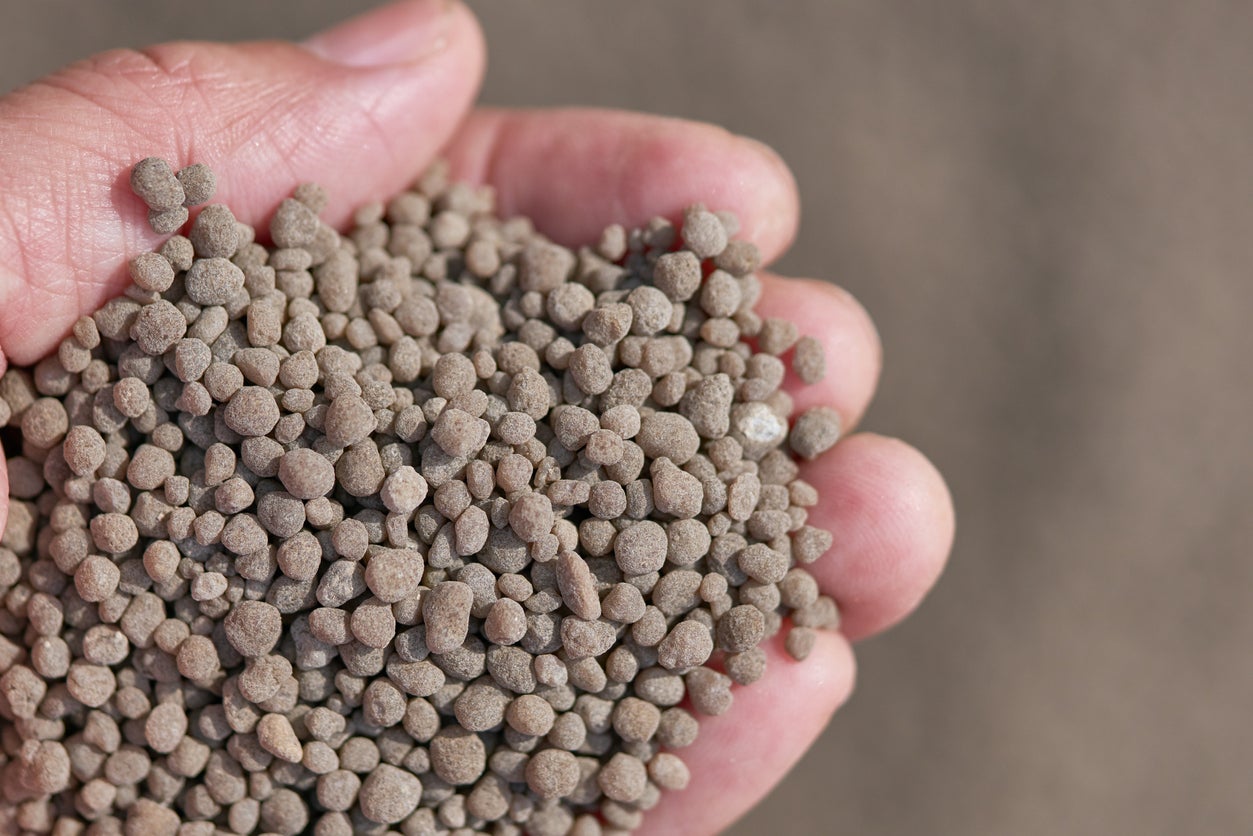What Is Superphosphate : Do I Need Superphosphate In My Garden


Macronutrients are crucial to fueling plant growth and development. The three main macronutrients are nitrogen, phosphorus, and potassium. Of these, phosphorus drives flowering and fruiting. Fruiting or blooming plants can be encouraged to produce more of either if given superphosphate. What is superphosphate? Read on to learn what it is and how to apply superphosphate.
Do I Need Superphosphate?
Increasing the blooms and fruit on your plants leads to higher yields. Whether you want more tomatoes, or bigger, more bountiful roses, superphosphate can be the key to success. Industry superphosphate information states the product is for increasing root development and to help plant sugars move around more efficiently for quicker ripening. Its more common use is in the promotion of larger flowers and more fruits. No matter what you need it for, it is important to know when to use superphosphate for best results and higher yields. Superphosphate is very simply a high amount of phosphate. What is superphosphate? There are two main commercially available types of superphosphate: regular superphosphate and triple superphosphate. Both are derived from insoluble mineral phosphate, which is activated into a soluble form by an acid. Single superphosphate is 20 percent phosphorus while triple superphosphate is around 48 percent. The standard form also has plenty of calcium and sulfur. It is commonly used on vegetables, bulbs and tubers, blooming trees, fruits, roses, and other flowering plants. A long-term study in New Zealand shows that the high dose nutrient actually improves soil by promoting the organic cycle and increasing pasture yields. However, it has also been linked to soil pH changes, fixation, and may decrease earthworm populations. So if you wonder, "Do I need superphosphate," keep in mind that correct application and timing can help minimize these possible deterrents and enhance the product's usability.
When to Use Superphosphate
Directly at planting is the best time to use superphosphate. This is because it promotes root formation. It is also useful when plants are beginning to fruit, supplying nutrients to fuel larger fruit production. During this period, use the nutrient as a side dressing. As for the actual timing, it is recommended that the product is used every four to six weeks during the growing season. In perennials, apply in early spring to jump start healthy plants and blooming. There are granular preparations or liquids. This means you may choose between soil application, foliar spray, or watering in the nutrients. Since superphosphate may tend to acidify the soil, using lime as an amendment can restore soil pH to normal levels.
How to Apply Superphosphate
When using a granular formula, dig small holes just at the root line and fill them with equal amounts of fertilizer. This is more efficient than broadcasting and causes less root damage. One handful of a granular formula is approximately 1 ¼ ounce (35 g.). If you are preparing soil prior to planting, it is recommended that 5 pounds per 200 square feet be used (2.3 kg. per 19 sq. m.). For annual applications, ¼ to ½ cup per 20 square feet (59-118 ml. per 2 sq. m.). When applying granules, be sure none adhere to leaves. Wash plants off carefully and always water in any fertilizers thoroughly. Superphosphate can be a very useful tool to increase crop yield, improve plant health, and make your flowers the envy of everyone on the block.
Sign up for the Gardening Know How newsletter today and receive a free copy of our e-book "How to Grow Delicious Tomatoes".

Bonnie Grant is a professional landscaper with a Certification in Urban Gardening. She has been gardening and writing for 15 years. A former professional chef, she has a passion for edible landscaping.